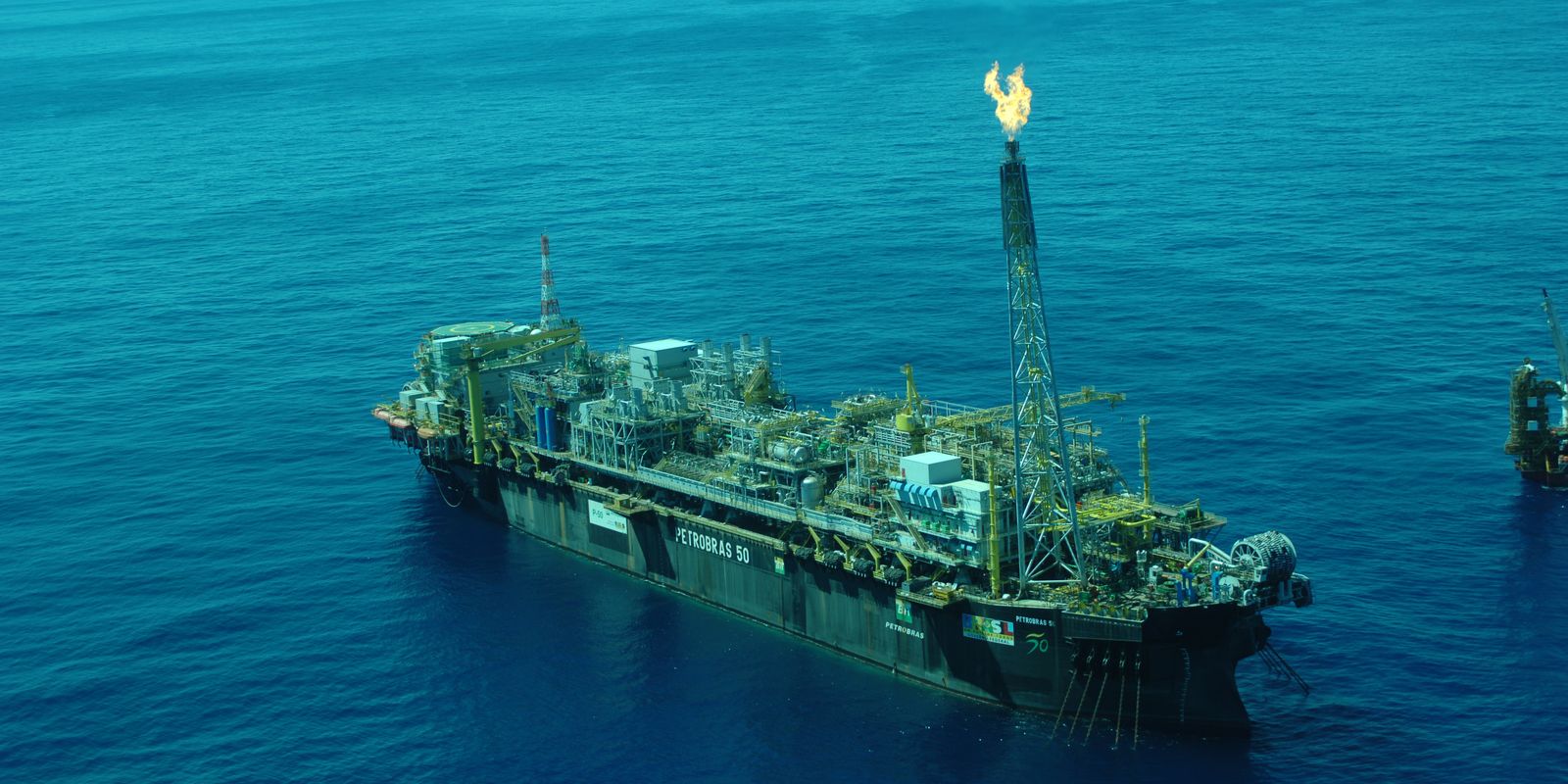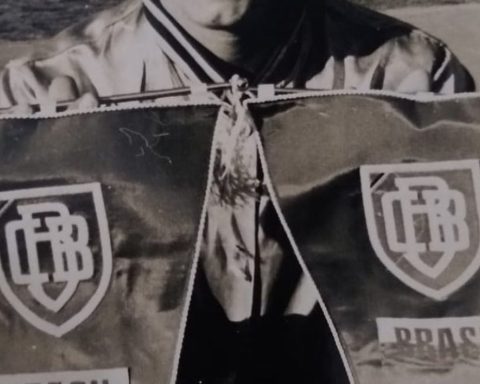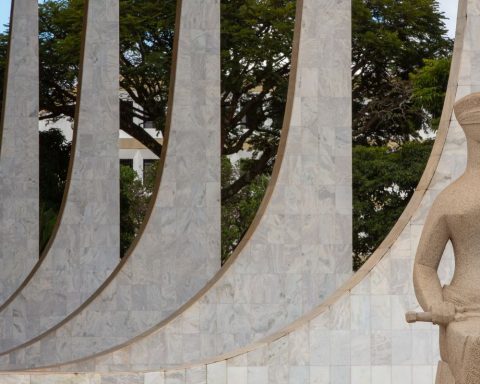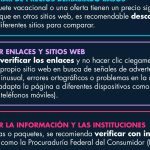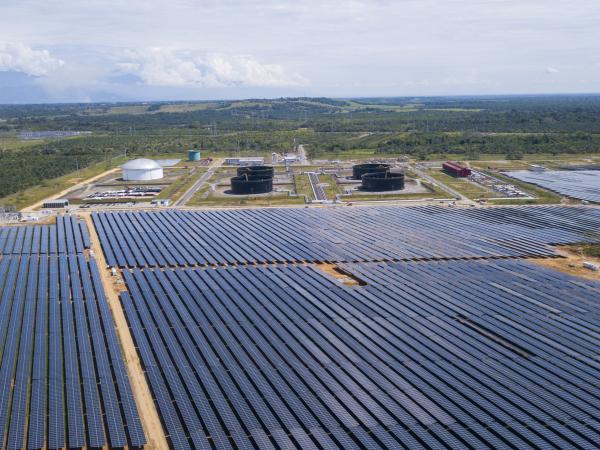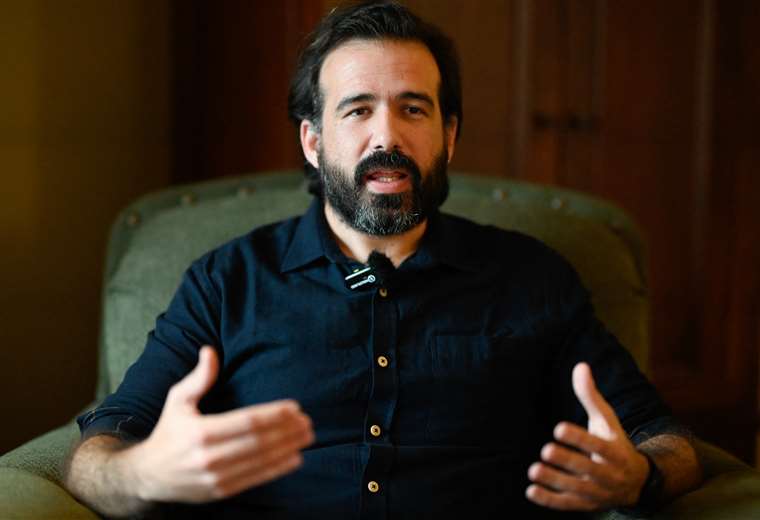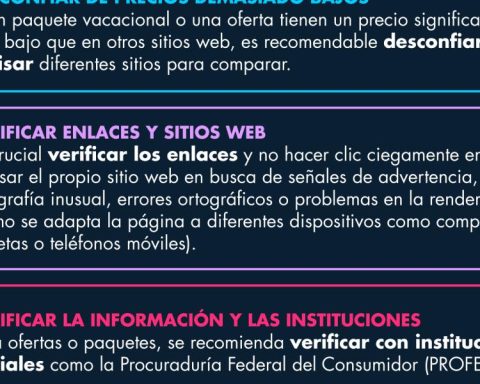Ten companies are qualified to compete next Wednesday (31), at the São Paulo Stock Exchange, B3, in the auction for the sale of 37.5 million barrels of oil belonging to the Union. The qualified companies are Petrobras, Refinaria de Mataripe, CNOOC Petroleum Brasil, ExxomMobil Exploração Brasil, Equinor Brasil Energia, Galp Energia Brasil, PetroChina International Brazil Trading, PRIO Comercializadora, Shell Trading Brasil and TotalEnergies EP Brasil.
On Monday (29), the public company Pré-Sal Petróleo, linked to the Ministry of Mines and Energy, defined the minimum price limit for each lot in this first stage of the 4th oil auction that belongs to the Union.
The 37.5 million barrels of oil are divided into three lots from the Mero field and one lot from the Búzios field. Mero is the third largest oil field in Brazil by volume and, like the Búzios field, is located in the pre-salt layer of the Santos Basin.
The proceeds from the sale could reach R$15 billion. The funds will be deposited in the National Treasury accounts and may be transferred to the Social Fund. The minimum limit for the first stage of the Mero lots will be equal to the price of Brent oil minus US$4.40, while the minimum limit for the first stage of the Búzios lot will be equal to the price of Brent minus US$4.25.
At the opening of the international market, on Monday (29), the price of a barrel of Brent was quoted at around US$ 80. On the day of the auction, if the opening of the bids reveals that the prices are very close, the next stage of the auction will be open outcry, where each qualified company can offer a value below this minimum price limit established by Pré-Sal Petróleo to be declared the winner.
A barrel holds 159 liters of oil – after refining, 40% of the oil is transformed into diesel oil and 18% into gasoline. The rest becomes lubricants, jet fuel and asphalt. The name Brent for crude or heavy oil was thus established because it was extracted from a Shell base of the same name in the Shetland Islands, in the far north of Scotland, until 1995.
Operating regime
Brazil has three regimes for oil and natural gas exploration and production. The concession regime works as follows: all oil and gas produced belongs to the winner of the concession. The Brazilian government is responsible for supervising and regulating the activity and its remuneration comes from the return of taxes on the amount extracted and from the share in the block, if any.
The onerous transfer is a direct contracting regime between the Federal Government and Petrobras. According to Law No. 12,276/2010, Petrobras was granted the right to extract up to five billion barrels of oil in pre-salt areas. Under this onerous transfer regime, the company was granted the blocks of Búzios, Itapu, Sépia, Sul de Tupi, Sul and Norte de Berbigão and Sul and Norte de Sururu.
In the production sharing regime, the State participates without investing or taking risks in the exploratory and production activity. When a production sharing auction takes place, the bonus is fixed and the dispute takes place over the percentage of surplus oil and natural gas production that the company participating in the auction will offer to the Union. And it is precisely this surplus that the Union will sell next Wednesday on the B3.
Production sharing came into effect in 2013 and was only adopted in operations in the pre-salt polygon and in strategic areas, and also because it represents low exploratory risk and high production potential.
Pre-Salt Polygon
The pre-salt polygon is 300 kilometers off the coast of the Santos basin, in an area equivalent to 149 thousand square kilometers. This area contains large accumulations of light oil; the reservoirs are up to 7 thousand meters deep, the wells are under high pressure and there is no other place in the world like this, with the potential for giant and supergiant discoveries.
